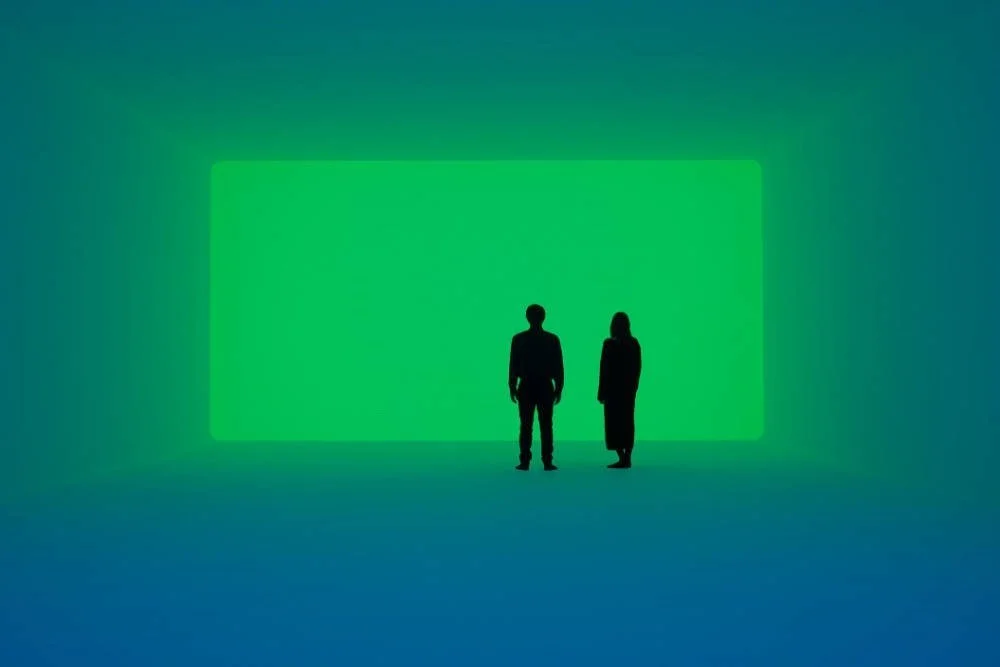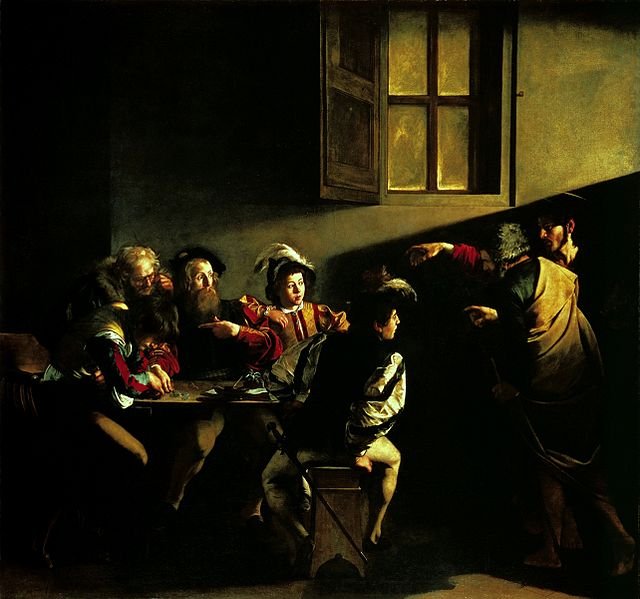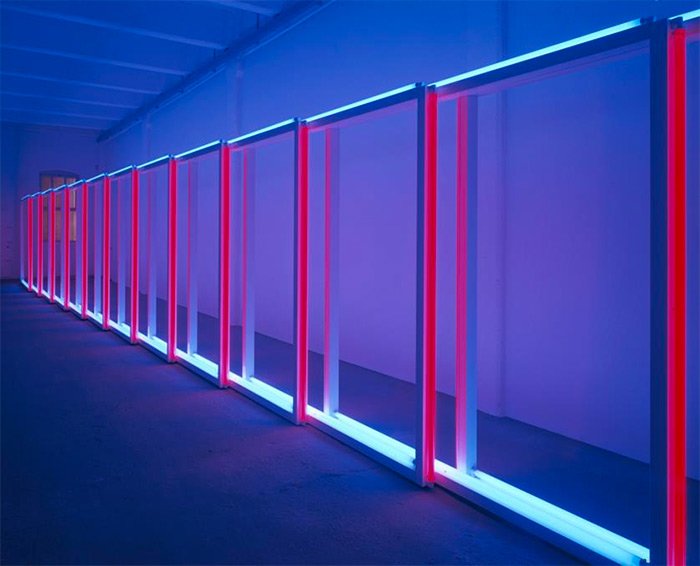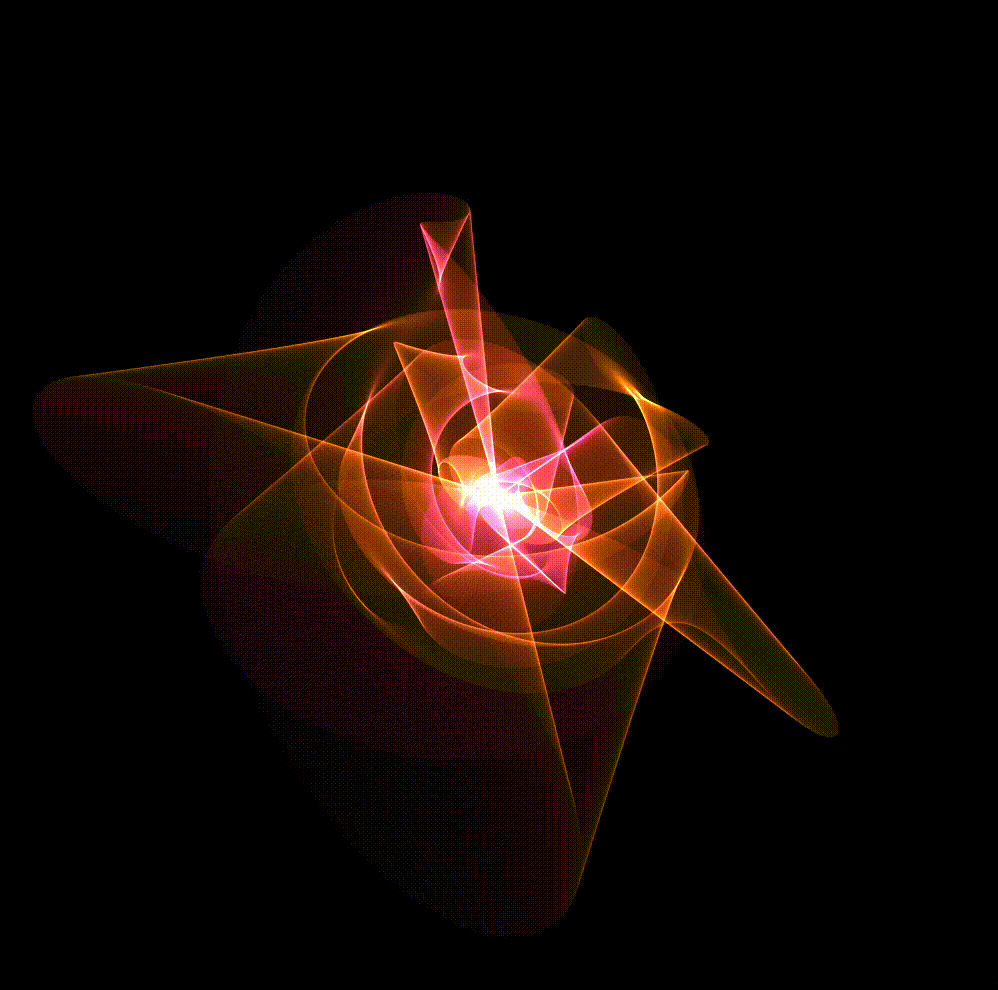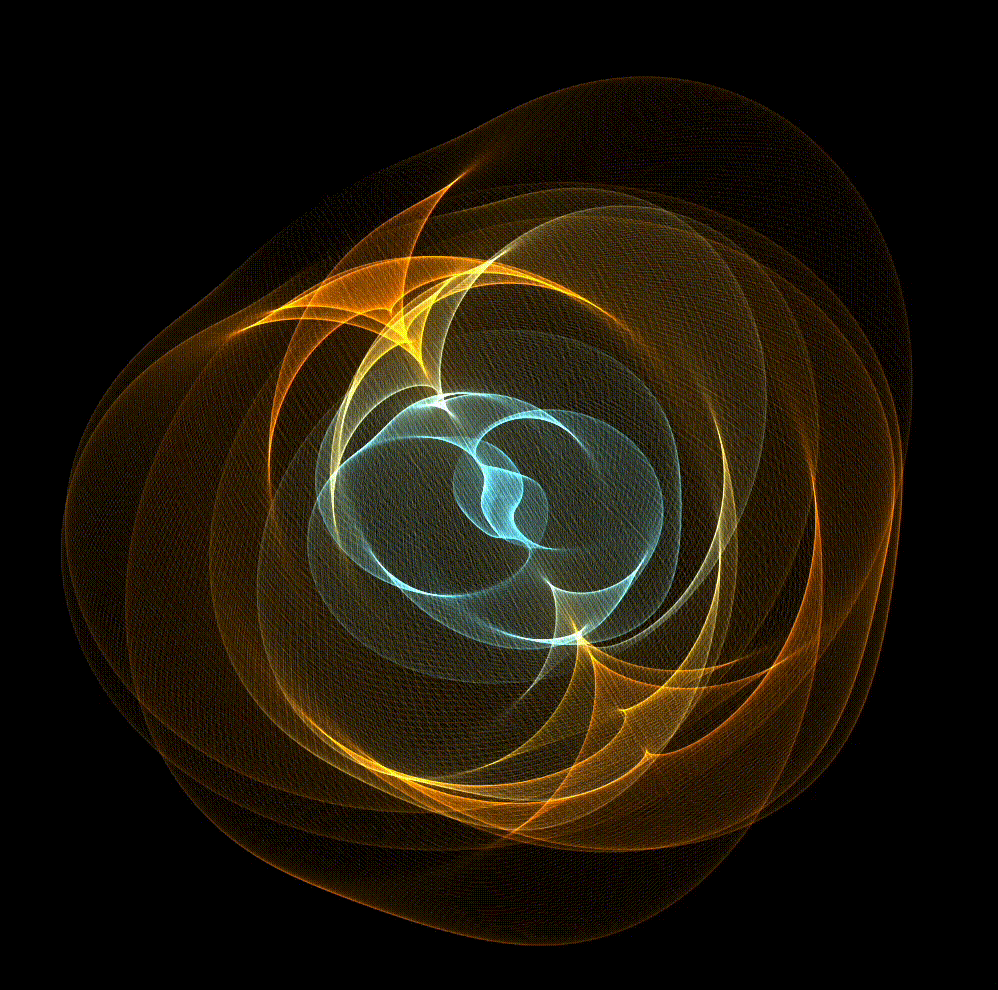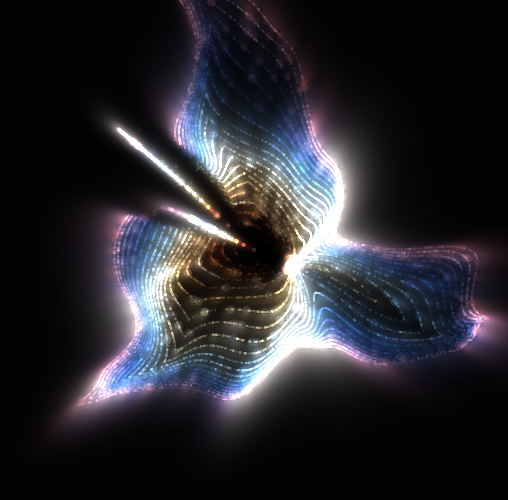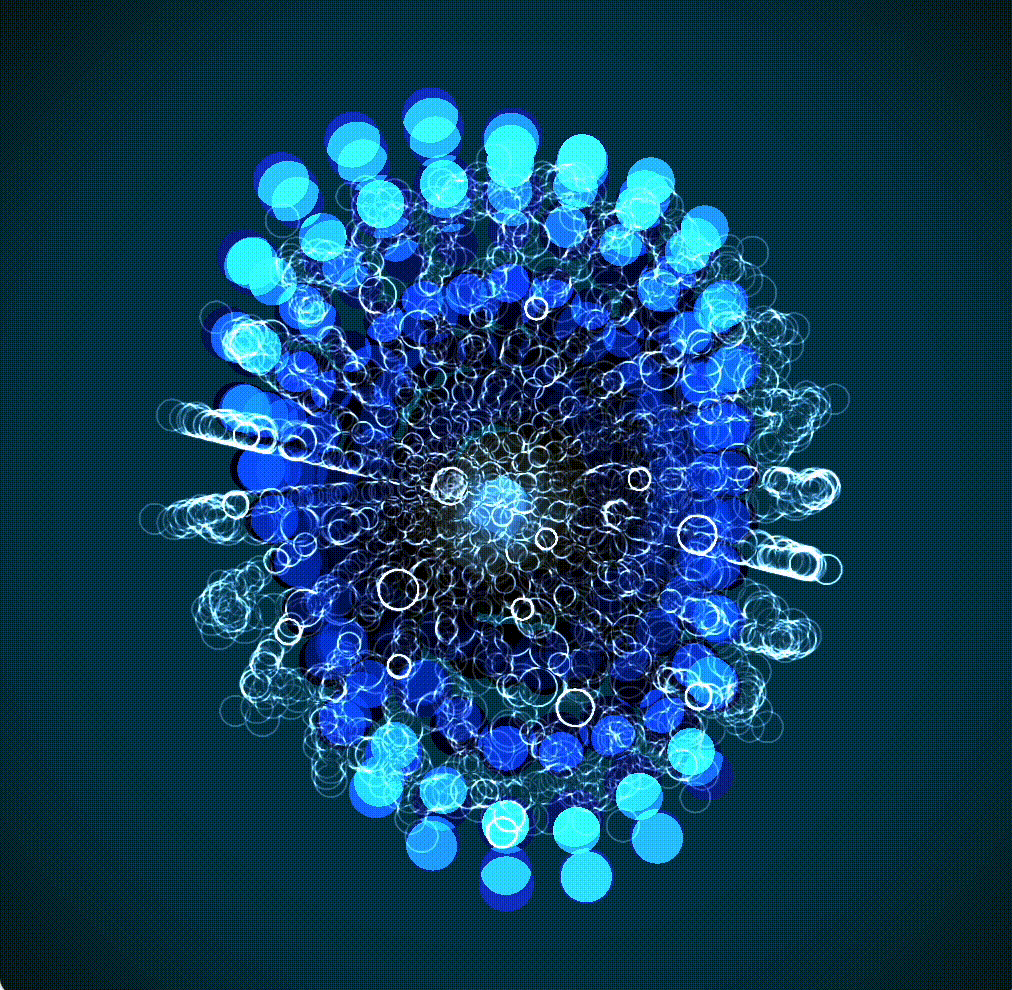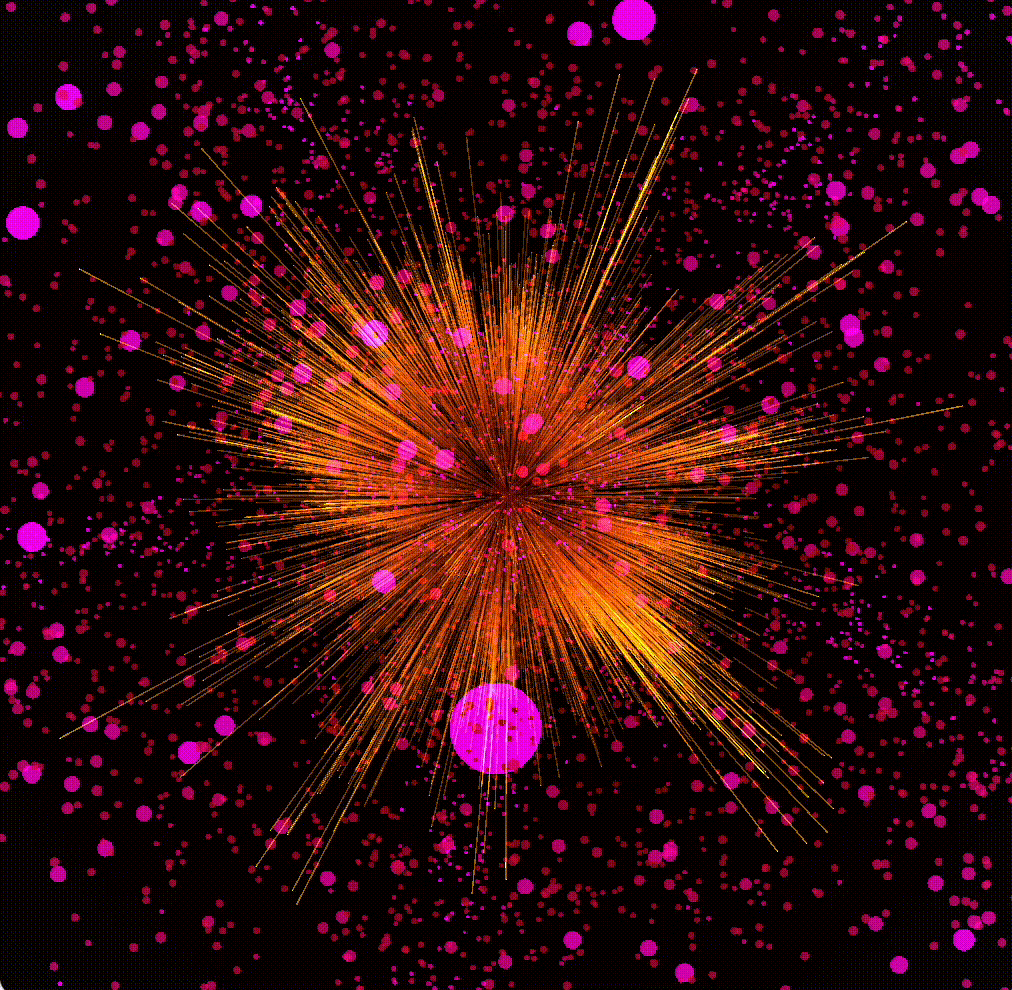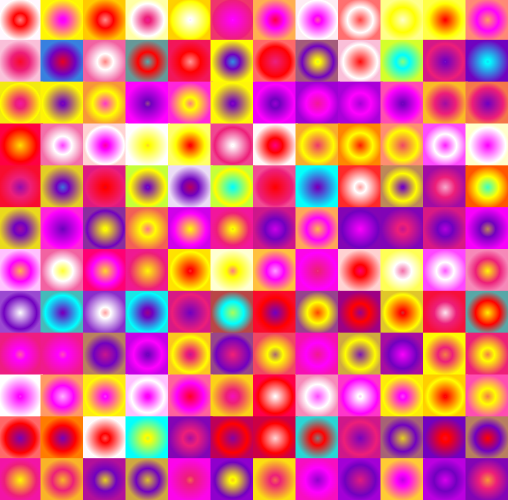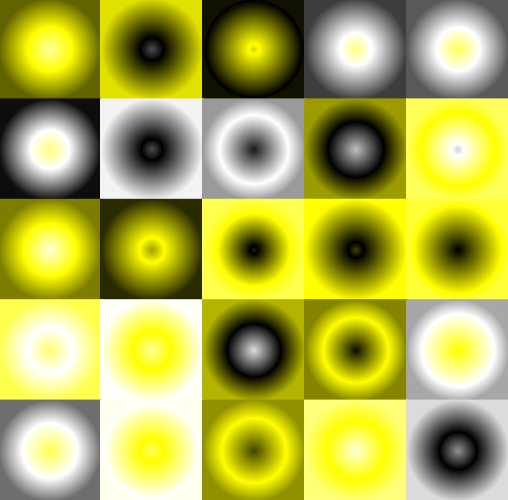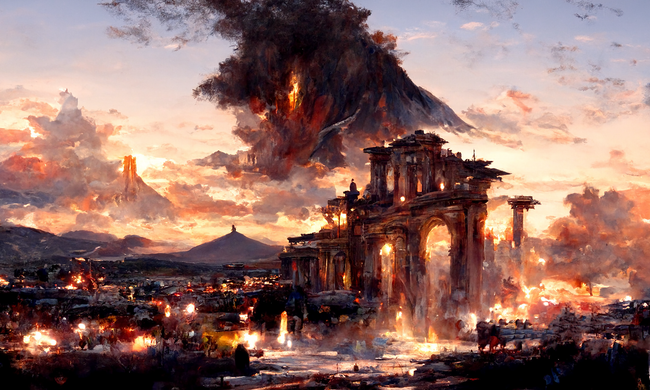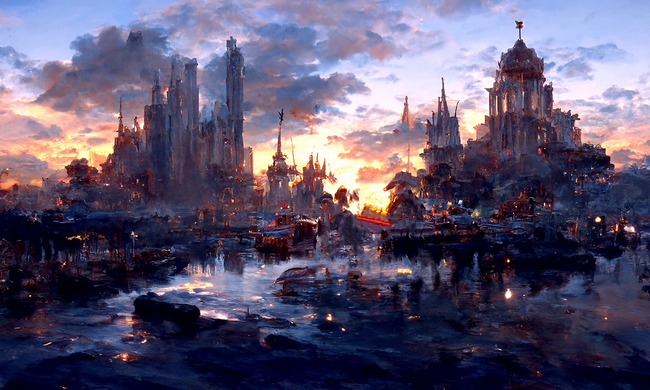Light Through Algorithms
A brief exploration of light from the ancient Egyptians to blockchain technology
“Light is not so much something that reveals, as it is itself the revelation.”
James Turrell
James Turrell at Villa Panza
Light is one of the cardinal themes explored by artists over the course of the centuries. As both subject and medium, it occupies the realms of the conceptual and physical. It allows creators to develop thoughts and forms that morph into visible and unknown spaces. Light as a source of inspiration, a metaphor, or a tangible experience remains paramount in the world of contemporary art. Never the same, light is subject to constant changes and transformations from all sorts of angles.
From the ancient Egyptians’ use of natural sunlight to Christian iconography’s focus on light as a form of divine expression, from Caravaggio’s dramatic contrasts of light and darkness, to the revolutionary presence of neon light in the works of Dan Flavin and the immersive experiences created by James Turrell, light continues to be a momentous topic, engaging with our perception of what represents an artwork in a specific historical period.
Caravaggio, La Vocazione di San Matteo / Dan Flavin, untitled, 1970. Installation view, Dan Flavin (1962/63, 1970, 1996), Dia Center for the Arts, 548 West 22nd Street, New York, May 22, 1997–June 14, 1998. Photo- Cathy Carver, courtesy Dia Art Foundation, New York
Living in the digital era, the exploration of light within the intricate realm of algorithms should come as no surprise. As the core material of our modern society, algorithms permeate a multiplicity of layers that surround us in our daily lives. From a creative viewpoint, no artistic expression better captures the essence of algorithms than generative art .
The presence of light, both symbolic and aesthetic, fits naturally into the manifold possibilities offered by generative art. This is why we have been inspired by the creations of five artists to navigate their spaces and absorb the light they dissipate.
RVig’s Nebula focuses on the dialectic between generating light and observing its creation, allowing an experience of space, colour, and movement to emerge. The fulcrum of the composition revolves around a stark contrast between the black background and the luminous forms reminiscent of a nebula—a distinctive body of interstellar clouds. The light variations are subtle and hypnotic, as are the rotating shapes, morphing one into the next. A sense of suspension expands softly while the motion of light inspires contemplation.
RVIG, Nebula #23, Nebula #61 (these are short clips, click here to view the full works: Nebula #23, Nebula #61)
In 720 Minutes, Alexis André explores light, colours and space to create artworks that engage viewers in a meditation on the passing of time and the wonder of human perception. An interactive piece acting as a clock, it presents 720 ways to display the current time. Each clock is activated at its own allocated minute, spurring viewers to reflect on the importance of the present moment. The space is not still, it embraces movements unfurling to the rhythm of a dance in which fluidity is enmeshed with uncertainty. Vibrant shapes emerge from a dark background, expanding through luminosity.
Alexis André, 720 Minutes #671, 720 Minutes #60 (these are still images, click here to view the full works: 720 Minutes #671, 720 Minutes #60)
In Cosmic Reef, Leo Villareal creates mesmerising atmospheres in which the complex beauty of the universe is revealed through explosive and vigorous energy. Organic shapes and astral visions are presented in their original forms, suggesting a sense of beginning. A display of light and colour discloses a thread of the cosmos leading back to creation. Evoking a space where the known and unknown merge, what is presented before our eyes is the apotheosis of light through its infinite and variable facets.
Leo Villareal, Cosmic Reef #382, Cosmic Reef #1018 (these are short clips, click here to view the full works: Cosmic Reef #382, Cosmic Reef #1018)
Dive by Rafael Rozendaal presents geometric compositions based on a lively interplay between circular and square forms. There is a sense of expansion and contraction - inward and outward movements animate the space. The pieces are responsive, they adjust to any screen size and resolution. Releasing and absorbing luminosity while challenging our visual perception, each work is an epiphany of light and colour.
Rafaël Rozendaal, Dive #332, Dive #326 (these are still images, click here to view the full works: Dive #332, Dive #326)
Rather different from those of the above artists is the work Dusk by MrHabMo, whose compositions display an exquisite painterly style. In some ways reminiscent of European landscape paintings from the 17th-18th century, e.g. Lorrain, while bearing traces of Impressionist brushstrokes, these generative AI pieces make an extraordinary use of light that combines realism and symbolism. Indeed, light can be perceived here both as a natural agent and as a metaphor for human civilisation.
MrHabMo, Dusk #161, Dusk #139 ( click here to view the full works: Dusk #161, Dusk #139)
Finally, we ought to recall that all these exceptional works have been created through collaboration between the artists and their software. Generating randomness and order every time the algorithm is run, each piece becomes an unpredictable space where light engages with the interconnection between human thought, nature and technology. It is thanks to these new blockchain systems that this type of computer- generated light opens up to new modes of appreciation, already leaving an indelible mark on the millennial course of art history.
Dagmar Carnevale Lavezzoli
Learn more about the artists:
RVig - Artist website, Art Blocks
Alexis André - Artist twitter, Art Blocks
Rafaël Rozendaal - Artist website, Art Blocks, Upstream Gallery / Art and the Blockchain by Jan Robert Leegte and Stina Gustafsson Amsterdam, Takuro Someya Contemporary Art Tokyo
Leo Villareal - Artist website, Art Blocks, Outland - Layers of Light by Charlotte Kent
MrHabMo - Artist twitter, Gen.art
